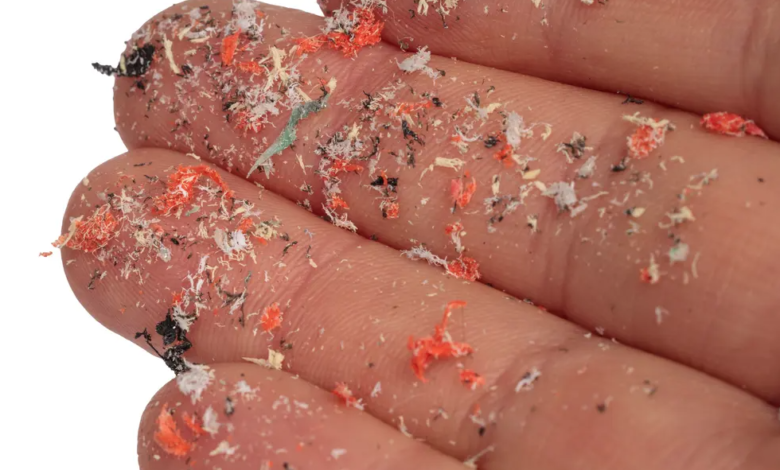Microplastics compromise the structure of DNA
The roots of aquatic plants accumulate microplastics, crustaceans eat them and thus enter the food chain
(sustainabilityenvironment.com) – How do microplastics contaminate your dinner? The path is tortuous, but a study of the Italian Enea and CNR published in the magazine Water has reconstructed it. Everything happens through water: the microscopic granules of plastic in fact follow the path of this element through ecosystems, to contaminate the food chain at different levels, going up to man.
To study in the laboratory the conditions that could occur in the environment, the experts of Enea, together with the researchers of the Institute of research on terrestrial ecosystems (Iret) of the CNR, they reproduced possible ecological conditions by observing the passage of polyethylene (PE) microparticles from vegetable freshwater organisms to animals.
In particular, the species used were the so-called water lentil (Spirodela polyrhiza), that is a floating aquatic plant, and a species of shrimp (Echinogammarus veneris) that is also the basic food of fish such as trout.
“The seedlings were immersed in water contaminated by microplastics of about 50 micrometers, smaller than the diameter of a hair, and after 24 hours transferred to the shrimp tank,” explains a note from Enea.
The disturbing impact of microplastics
“The results showed that the plants, during exposure, in addition to a slight reduction in the content of chlorophyll, have accumulated a large amount of microplastics on the roots of which the crustaceans eat, ingesting on average about 8 particles per specimen“, continues the institute.
The ingestion and digestion cause a further shredding of these microplastics, which are then expelled into the water from the shrimps. At this point, “they can re-enter in the food chain ‘of the debris’ – explains Enea – in a potentially more dangerous way than the starting one“.
Read also 60 years and not feel them: the microplastics on the seabed of the Mediterranean are eternal
The crustaceans, however, do not come out unscathed: their DNA after only 24 hours showed a level of fragmentation that scientists defined as “significantly higher” than the norm. Microplastics, therefore, have a genotoxic effect and are able to damage cells.
“This means that microplastics are not, as is often reported, inert material that does not interact with the functions of organisms – says Valentina Iannilli, Enea researcher of the Laboratory Biodiversity and ecosystem services – Instead, they ‘move’ along the food chain with direct effects also on the integrity of the genetic heritage and consequently long-term potential on populations, communities and entire ecosystems”.






